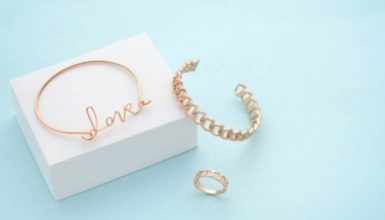Cone crusher liners should be replaced when the bottom line is one inch thick or if they crack or disintegrate. A 10-percent decrease in production is another sign that it’s time to change the liners. Some manufacturers will even send you reminders to change the liners, so be sure to change your liners on time. This regular maintenance will help you make the most of your investment.
Manganese steel cone crusher liners

Choosing the right type of liners for your cone crusher is vital for your plant’s efficiency and uptime. However, lining material can differ widely in different applications and styles. For example, some types of liners use high-grade manganese steel while others use lower-grade manganese steel. For optimal performance, you should carefully study the wear pattern of your existing liners to determine which areas need to be treated. In some cases, hardfacing is used to increase the life of the liners. This process gives the liners a protective coating of up to 62 Rockwell, and it will last until the manganese work-hardens.
Choose Manganese steel for your cone crusher liners: Unlike other types of cone crusher liners, manganese steel liners offer superior wear performance. This metal is well-suited for mineral processing, as it offers high wear resistance and high production levels. You can select from high-grade, low-grade and standard manganese steel to suit your crushing needs.
Liner thickness
The thickness of the liner on a Cone Crusher is important to the long-term operation of the crushing equipment. If the liner is too thin, it will begin to crack and disintegrate. In some cases, the crusher’s performance may decrease by more than 10%, which is another reason to change the liner.
Cone crusher liner thickness should be chosen according to the crushing chamber. This determines the reduction ratio and the product produced. For example, a standard unit produces a coarse product, causing more wear and recirculation. However, this configuration can be suitable for larger feed sizes and a wide feed grading curve, although it can be susceptible to packing.
Cost of hardfacing
Cone crusher liners can be significantly increased in life by hardfacing with chrome carbide. The hardfacing process can improve the efficiency of crushing and reduces downtime while decreasing lining expenses. The process can also reduce exposure to the backing of the crusher. However, hardfacing is not an effective solution for all wear problems. In some cases, it may not be cost-effective. In such cases, there are other solutions to the wear problem.
The primary materials used for cone crusher wear liners are manganese steel and manganese. Manganese steel has a higher resistance to wear than regular steel. The content of manganese in these liners varies from around 12% to 23%. However, too little manganese in the lining may not provide adequate protection and too much manganese could lead to brittleness and cracking. Both options will incur extra cost, however.
Feed gradation
When you are replacing cone crusher liners, there are several factors to consider. The size of the feed size and the gradation of the material should be considered, and the selection of liner configuration should be based on these factors. Choosing the correct liner will help you increase production and minimize downtime. If you do not follow these guidelines, you could face mechanical problems. Fortunately, there are many ways to prolong the life of your cone crusher liners.
Conclusion:
The best time to change cone crusher liners depends on your production capacity and the type of cone crusher you use. For example, if your cone crusher uses remote adjustment, the process can take less than four hours. If you use a standard cone, it can take up to three hours to replace the liner, and it requires a couple of quick couplers to raise the cone assembly and shim stacks to prevent the cone from moving during the process. Once you’ve replaced the liner with a new one, you’ll want to follow the instructions included in your user’s manual.


